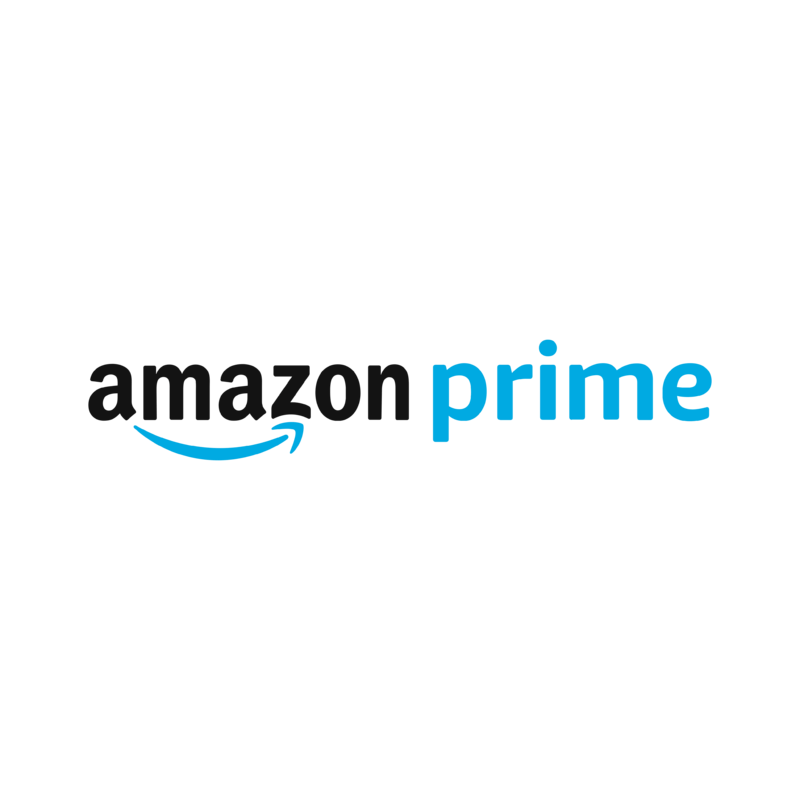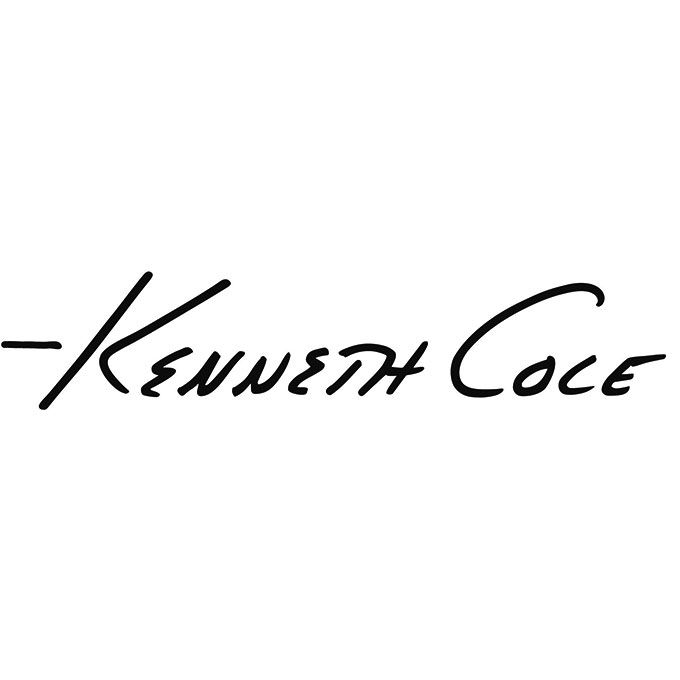A $79 Program Changed the Amazon Game – Amazon Prime

Prime has been driving Amazon to attract new customers and has created a big differentiator and huge moat
Amazon wasn’t the biggest online retailer once. Even in the fall of 2004, sales were restricted to certain categories
Amazon was attacked on several fronts that year. Physical retailers like Best Buy, which was growing 17% annually in sales, were its major competitors. In a high-profile case, Toys ‘R’ Us sued Amazon for breaking an agreement to sell toys solely on its website.
Over Christmas, Amazon’s website failed repeatedly, prompting customer and media wrath.
Amazon was worth $18 billion then. However, eBay, its online rival, was worth $33 billion.
Amazon was a struggling internet bookshop in 2005. Amazon had a trillion-dollar market cap 17 years later. How did this massive growth begin?
Amazon Prime pioneered consumer loyalty by offering benefits. As a result, Amazon customers made more purchases. Amazon Prime evolved to become a key component of the company’s flywheel strategy.
Introduction to Prime
Amazon had trouble developing in 2004. Specifically, its online book business was reaching maturity. Low order values and high shipping costs hindered profitability.
Large baskets were the key to generating money, and Amazon needed incentives to change customer behaviour.
The groundbreaking service launched in February 2005 and promised two days of unlimited meal delivery for $79 upfront. Two-day delivery on Amazon was $9.48 at the time, so nine of these orders would have paid for Prime in a year.
Amazon single-handedly and irrevocably upped the standard for online buying convenience with it. That, in turn, altered consumers’ online product preferences indefinitely. Looking for a last-minute item? There was now an option besides the instant gratification of traditional stores: Amazon.
Many within Amazon were wary of the plan owing to its significant risk. It seemed that a clandestine programme that managers didn’t understand was deprioritizing their efforts. Some feared Amazon’s best customers would abuse the initiative and drive up shipping charges to the point of bankruptcy.
If successful, Amazon Prime would have changed how managers were evaluated by higher-ups, how orders were handled, and how things were carried.
But Bezos’s instinct was right. Prime members shopped and spent more than non-members.
Prime members were urged to purchase more to maximise their membership fee. Higher frequency drove larger basket sizes to minimise recurrent shipping costs.
Prime instantly changes customer attitudes. Shipping in two days was groundbreaking, but the biggest benefit was no delivery worries. Store visitors might browse and buy without reservations.
Amazon said that Prime members spent twice as much as non-members after two years.
Transitioning to Media
Amazon sought additional Prime subscribers following its surge. Prime soon expanded its offerings to include entertainment in addition to delivery
Amazon Prime Instant Video launched in 2011 with licenced films and TV shows. Prime members got exclusive streaming content.
In one month, streaming raised Prime trial signups by 351% and conversions by 45%. Video boosted Prime’s popularity.
After that, In 2013, Amazon premiered its first original series on Prime Video. Prime Video has become a destination, not only a value add.
Prime Music’s 2014 playlist service and Prime Reading’s 2016 ebook collection expanded media offerings. Subscribers received more digital content.
Get Two-Day Delivery for One Day
Amazon must boost Prime loyalty to avoid price hikes. Thus, Amazon Prime members may get free one-day delivery in 2019.
This historic initiative sought to increase retention and order frequency. Amazon would spend a lot to make Prime indispensable.
Amazon spent $60 billion on transportation in 2020 and 2021, mostly on one-day delivery, so the investment paid off. Prime customers now number 200 million globally.
The Flywheel
The integration of Prime and Amazon’s main flywheels is just excellent. Having more Prime members boosts sales and customer retention. The yearly fees pay for faster shipment and better service.
Sellers who need quicker delivery are more likely to join Amazon. Variety and simplicity of usage boost Prime subscriptions. This self-reinforcing circle benefits Amazon.
The plan will increase Amazon’s ecosystem membership. Subscribers are addicted to ease. Over 80% of Prime users move to AWS, Kindles, or Alexa-enabled gadgets.
Data Speaks
Prime membership exceeded 200 million worldwide in 2020. Amazon is estimated to handle over half of US online retail sales.
At $1400 each year, Prime members spend four times more than non-members. US Prime signups alone brought Amazon $121 billion in 2020.
Member fees provide over $30 billion in high-margin revenue for Prime annually. Amazon now values it more than any other innovation.
Accepting Prime’s Future
Prime’s spectacular climb to prominence shows how loyalty schemes may affect consumer behaviour.
After winning consumers with its easy services, Amazon is now managing shipping directly with its cargo planes, cars, and vans. Delivery improvements continue.
Prime highlights how client loyalty can benefit any business when performed correctly. You must confidently reward customers’ good behaviour to win their confidence and spending power. Prime shows how to out-plan rather than out-spend competitors.
Reference
https://qz.com/2004369/the-pandemic-made-prime-even-more-valuable-to-amazon
https://www.vox.com/recode/2019/5/3/18511544/amazon-prime-oral-history-jeff-bezos-one-day-shipping
https://www.linkedin.com/pulse/amazon-prime-success-disruption-aniket-kadam/



